Seems like somebody’s spice cabinet is out of turmeric, right? Well, it is nothing to worry about. We’ve got you covered!
This article includes a comprehensive list of the best substitutes for turmeric and how you can include them in your recipes for a natural taste and boast of nutrients. But before that let’s dig into some peculiar details about this spice goddess!
What is Turmeric?
Turmeric, a root indigenous to South Asia, has been used in cuisine for thousands of years and has recently become more well-known throughout the world. When this root is powdered or pulverized, turmeric powder is created, which is a bright yellow spice.
Curcumin, a substance that gives turmeric its unique yellow color, also offers strong anti-inflammatory qualities.
Turmeric is most frequently used to color and flavor curries and other foods. However, baked goods like bread, biscuits, cakes, and pastries also contain turmeric. To add color and flavor to food or beverages, it can also be used in a paste form.
The flavor of turmeric is usually earthy, musky, and somewhat spicy. However, because of how bitter it may taste, turmeric spices are frequently mixed with other sweet spices like cardamom or cinnamon.
If you can’t access turmeric for any reason, look for the following substitutes. They not only mimic its taste but its nutrition as well!
Substitute for Turmeric
Here are some of the amazing alternatives for turmeric.
#1 Saffron

The first one on our list is the saffron. One of the most beautiful and delicate spices is acquired from the flower of Crocus sativus.
Saffron might be an expensive alternative for turmeric but has a floral, earthy taste that imparts a unique flavor to your dishes and complements them like none another spice can. It works best in place of ground turmeric and gives off an intense color depth to your curries and other dishes.
However, it may taste a little bitter if consumed in larger quantities. So, we recommend you not to go overboard with it. When added in a moderate amount, saffron works great for dishes like risotto, curries, paella, etc.
#2 Annatto Seeds
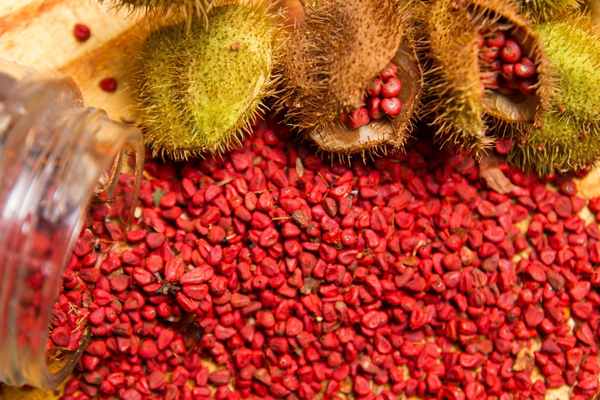
If not saffron, how about poor man’s saffron? Yes, that’s another name for annatto coming from South America.
Annatto seeds are one of the finest alternatives for turmeric. They give your food an orange-yellowish color just the way you’ll get by adding turmeric. With respect to flavor, annatto seeds are mildly earthy and have a peppery aroma. They are usually sweet, nutty, and mildly toned with nutmeg.
Compared to turmeric, annatto seeds should be added via a 1:2 ratio and oil should be infused after them. For the best taste, add seeds infused in oil at the beginning of your cooking. For a quarter cup of seeds, half a cup of oil will be enough.
Annatto seeds work great in baked goods, smoothies, marinades, meats, and sausages.
#3 Ground Ginger
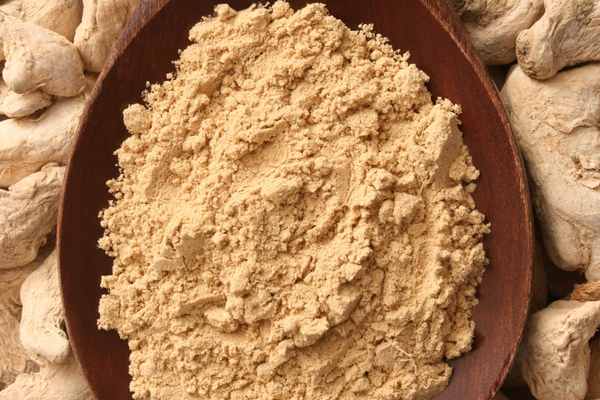
Well, whole ginger must be a part of your daily diet already. It is used with turmeric in a variety of dishes and is also popular for use in tea.
However, we’ll be talking about ground ginger here which serves as a very good alternative to turmeric powder. The former is usually obtained after grinding the dried ginger root into a fine powder.
Ginger is fantastic for combining sweetness and depth of taste since it imparts a warm, spicy flavor to meals without being overpowering. This spice can be included in smoothies, curries, soups, and other dishes.
It has a magnificent antioxidant potential and works best against free radical stress and damage to your body and DNA. Gingerol and shogaol are two prominent compounds in ginger that are beneficial against nausea and inflammation.
It must be noted that fresh ginger root can also be a delicious substitute for turmeric but the ground form is much preferred because it is easier to add to food and recipes.
#4 Ground Cumin

If you don’t have any turmeric on hand but still need your food to have its essence with that unique earthy color and nutty warming flavor, ground cumin, or cumin powder, is ideal.
It is rich in flavonoids and alkaloids and thus possesses great antioxidant properties. It is often stated well for healthy digestion and weight loss. It also protects you from the damage caused by free radicals thus keeping the chances of chronic diseases at bay!
There are many other potential uses for cumin as an ingredient because it also blends nicely with other spices like coriander seeds. But it is recommended to use it sparingly as this spice tends to dominate other flavors if you use too much of it.
#5 Curry Powder

Curry powder has a yellow color and some earthy aromas comparable to turmeric and thus can work well in its place. It is a perfect combination of spices like turmeric with other components including cumin seeds or coriander seeds (like saffron).
In South Asian cuisine, curry powder may need to be used in place of turmeric because it is a vital component. It is ideal for individuals who want to cook their curry at home because it already has all the necessary spices in one handy packet!
Studies also find it good for oxidative stress and blood sugar levels. See more: Benefits of Curry
So, if you haven’t tried it yet, this might be the time.
#6 Dry Mustard
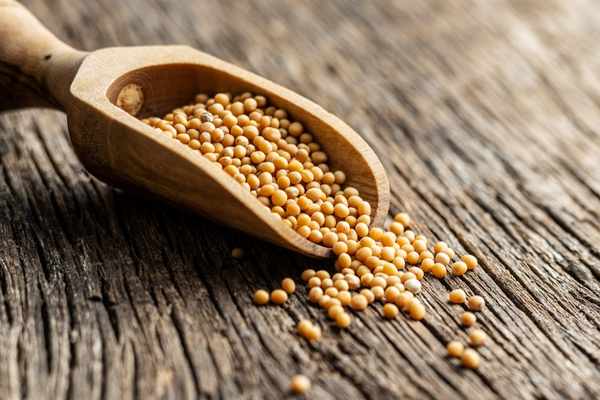
The dry mustard comes from pulverized, dried mustard seeds. Most grocery stores have it, and it is also reasonably priced. It gives your meal a hue similar to turmeric, making it a great replacement for ground turmeric.
Dry mustard can substitute turmeric in sauces and dressings for a thickened texture. You can also add mustard paste but the vinegar in it can make them taste bad. Thus, a decent substitute for turmeric to achieve the same vivid yellow color is mustard powder.
The taste of mustard powder and seeds is rich, pungent, spicy, and nutty. They function best in curries, saucy foods, and other curry-based cuisines.
So, if you want to imitate the color and taste of turmeric, you are free to go with this alternative. A half tablespoon of mustard is enough in place of 1 spoonful of turmeric.
#7 Paprika

Red bell peppers that have been dried are used to make paprika, giving it its distinctive orange-red hue and sweet, earthy flavor. The variable species, however, may cause the flavor to change.
The flavor of the spice can be anything from light and sweet to quite spicy. Typical paprika used domestically has a vegetable-like flavor. Mild and sweet. On the other hand, the Spanish varieties undergo smoking for a dried, smoky flavor. The Hungarian species, however, have a pungent hot taste.
If you are confused about which would work as a good substitute, almost all of them are perfect to use. But if you want an extra smokey, deep, earthy flavor in your dish, try using smoked paprika.
It is usually considered good for people with high cholesterol levels and since it is rich in vitamin A, experts also link it with improved eye health.
#8 Galangal Powder
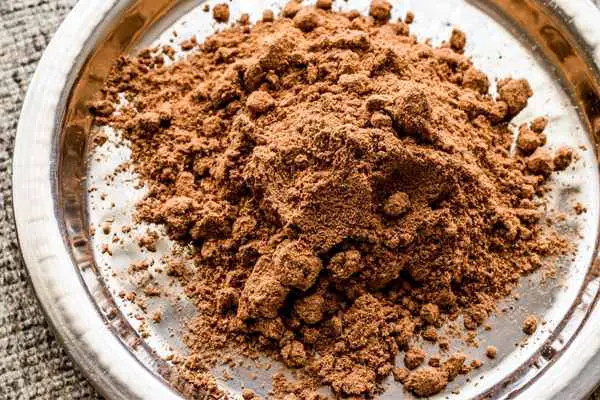
Do you find the name galangal sounds similar to ginger? Well, that is because this root is a member of the ginger family!
Galangal root has a very intense and peppery flavor. It takes the form of powder when grounded to a fine consistency level. If you are looking for a turmeric substitute but with some heat and pepperiness, galangal powder will be an unparalleled choice!
Galangal powder has long been used in Ayurvedic and traditional Chinese medicine. It is rich in antioxidants and strengthens your immunity to fight off diseases, inflammation, and pain.
#9 Safflower
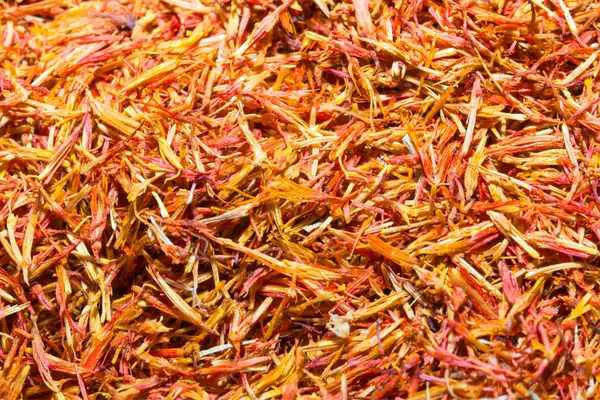
Safflower has the same appearance as saffron but is less expensive. This option from Egypt is excellent for preserving the recipe’s yellow tint. Put it in the recipe just like you would saffron.
It is commercially grown to extract vegetable oil from safflower seeds. However, it may be used to prepare a variety of meals as it gives off a rich, vivid yellow hue that is more like that of turmeric. Safflower, however, has a milder flavor than saffron.
The safflower seed oil contains linolenic and linoleic acids that may help lower cholesterol, prevent “hardening of the arteries,” and lower the risk of heart disease. Safflower contains compounds that may widen blood arteries, reduce blood pressure, and stimulate the heart. They may also thin blood to prevent clots.
#10 Garam Masala
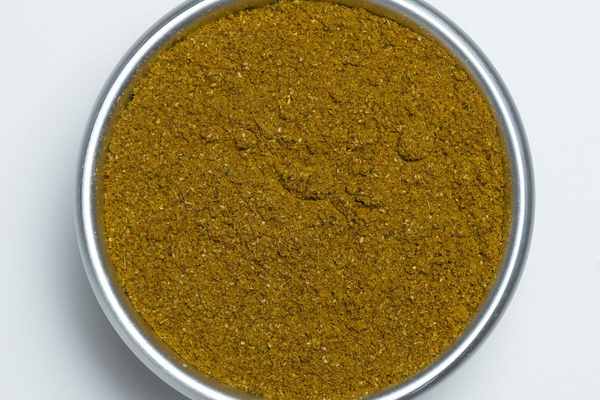
Garam Masala is a spice mixture that is used in Indian cuisine. It can impart some of the heat and intense scents of turmeric when combined with cumin, clove, cardamom, cinnamon, and black pepper.
Note that it has a richer, more potent, and hotter flavor than turmeric. So, when it comes to Garam Masala, it’s crucial to use less of it.
